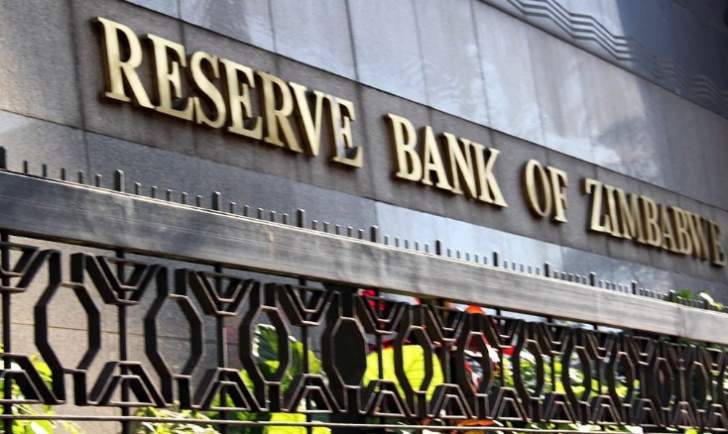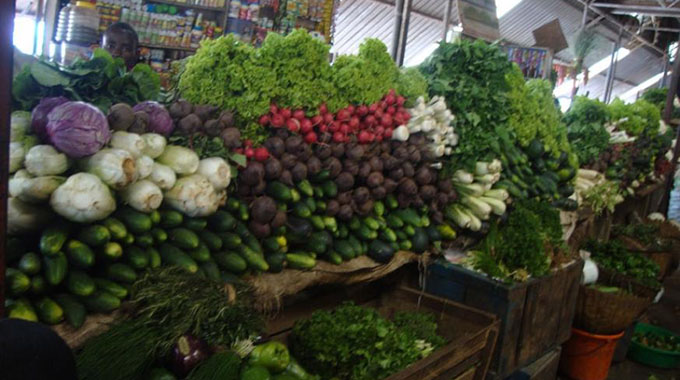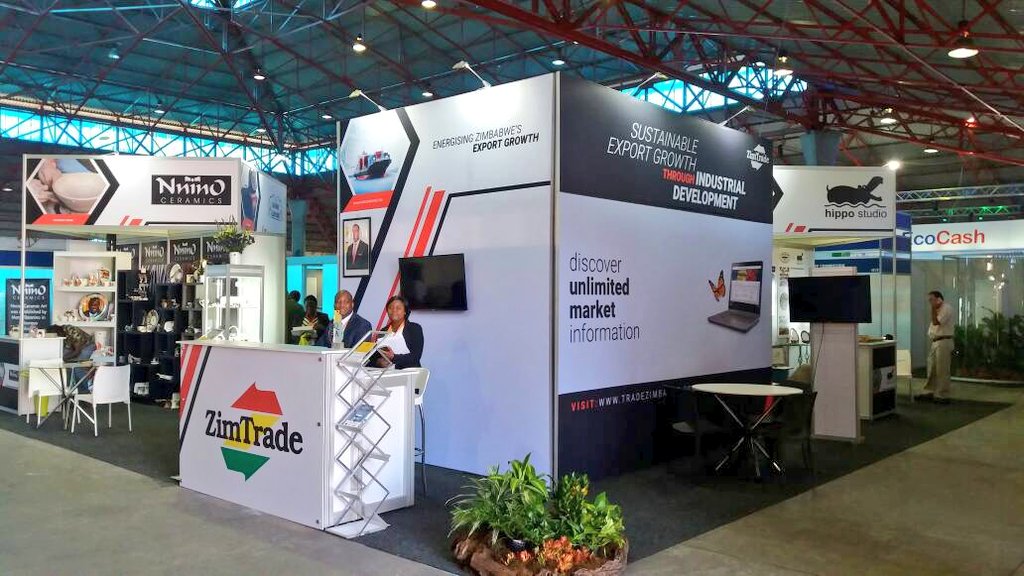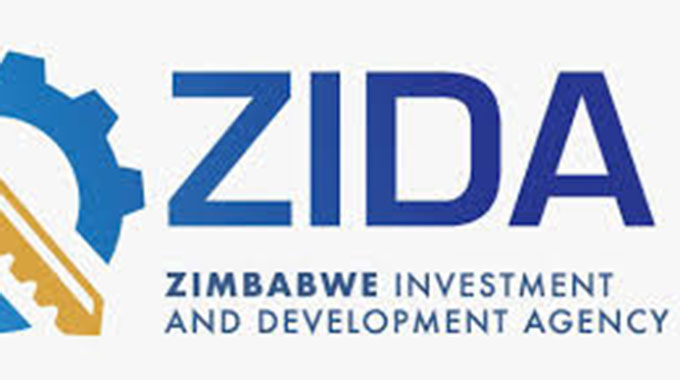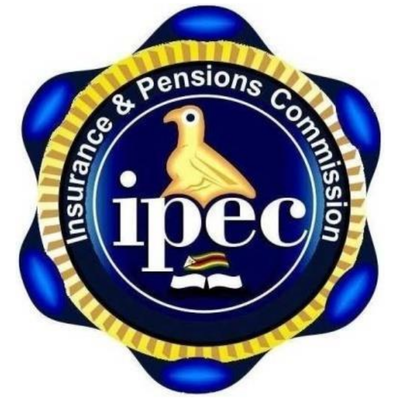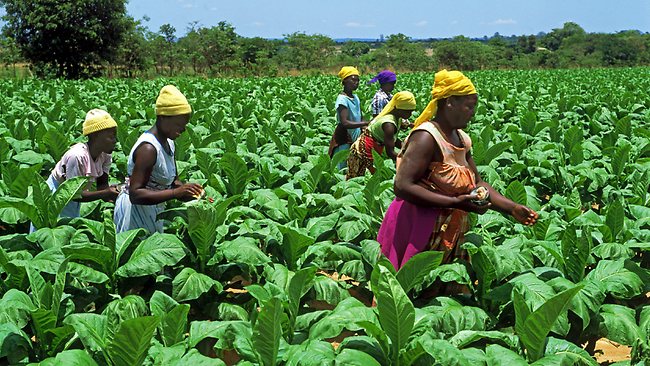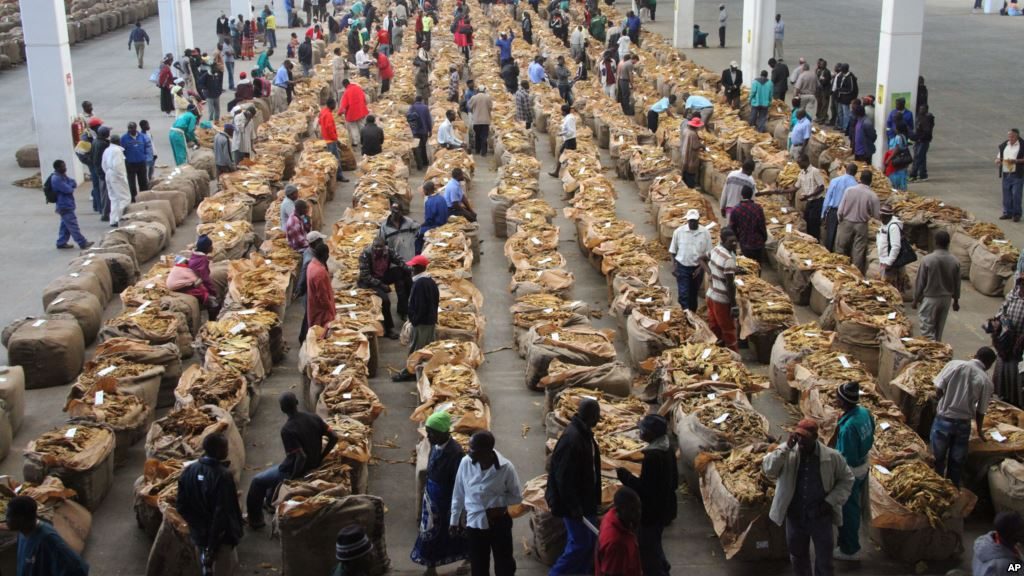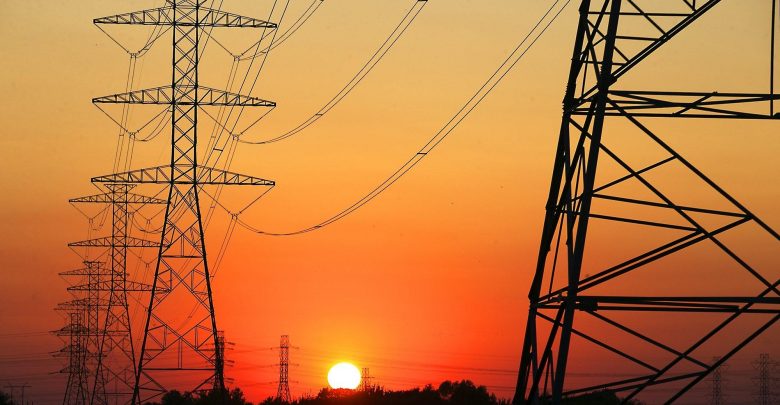Zim power sector strained, but resilient: ZimStat
Despite obvious challenges in Zimbabwe’s electricity generation, the domestic energy sector remains a vital pillar of economic growth, amid ongoing efforts to enhance stability and capacity.
The latest Index of Electricity Generation (IEG) report from the Zimbabwe National Statistics Agency (ZimStat) highlights progress and areas for improvement.
While the index for the fourth quarter of 2024 registered a 14,5 percent decline from the previous quarter, long-term trends indicate increased resilience and diversification in the energy mix.
The IEG is a crucial measure of power production as it tracks changes in the volume of electricity generated over time using 2019 as the benchmark period.
A rise in the index signifies increased production, while a drop indicates a decline.
The latest official figures, showing a quarter-on-quarter dip, point to a temporary reduction in power generation that affected industries, businesses, and households.
According to ZimStat, Hwange Power Station, a coal-fired electricity generation facility and Kariba Power Station, a hydro-power plant, remain the biggest sources of electricity for Zimbabwe.
In the last quarter of 2024, Hwange generated 1 650.4 Gigawatt Hours (GWh), accounting for 72,4 percent of total production, while Kariba produced 516.6 GWh, representing 22,7 percent of total production.
Independent Power Producers (IPPs), a critical part of Zimbabwe’s energy diversification strategy, contributed 4,9 percent of the total supply, highlighting the latitude for increased private-sector involvement.
Electricity imports also declined, dropping 20,2 percent from 611.1 GWh in the third quarter of 2024 to 487.8 GWh in the quarter under review.
Eskom of South Africa supplied nearly half of the imports at 47 percent, with HCB (Mozambique) and EDM (Mozambique) chipping in with 25 percent and 18 percent, respectively.
On the other hand, exports remained relatively stable at 423.6 GWh, up slightly from 420.2 GWh in the third quarter of 2024, with Zambia’s CEC (ZPC) receiving 52,5 percent of the electricity.
Zimbabwe’s power supply, at about 1 400MW, remains significantly lower than the estimated 2 200 required to meet the peak period demand. The Government is working on various public-funded and private sector-led initiatives to drive production to achieve net export status in the near future.
Economist Namatai Maeresera sees both opportunity and risk in these figures.
“Electricity is the backbone of industrial productivity. While a temporary decline poses challenges, it also signals where investment is needed to stabilise supply and unlock new growth,” he explained.
Mr Maeresera highlighted that a stronger power sector would enhance the country’s attractiveness to investors, particularly in manufacturing and mining.
Engineer Nigel Chingora emphasised the role of innovation in addressing energy challenges in the country.
“The reliance on large-scale hydro and coal plants needs to evolve. With Kariba’s water levels fluctuating and Hwange’s aging infrastructure, we must accelerate investment in renewable energy and decentralised power solutions,” he said.
Mr Chingora sees the current shortfall as an opportunity to push for policy reforms that incentivise more private sector participation in energy generation.
Electricity shortages directly impact both large and small enterprises, which in Zimbabwe have been forced to resort to expensive alternatives due to limited supply.
Industries requiring stable power supplies, including mining, transport, and manufacturing, consumed 37,2 percent of distributed electricity in the quarter under review, while domestic consumers accounted for 19,2 percent.
With frequent outages, businesses are forced to rely on expensive diesel generators, increasing operational costs and pushing prices higher for consumers.
For citizens, power cuts mean unreliable household electricity, affecting everything from cooking to communication.
“The cost of alternative power sources like solar is still too high for many families,” said Mr Chingora.
He warned that without long-term solutions, citizens might continue to bear the brunt of an unstable power grid.
While the Government has made efforts to boost power generation, such as through the rehabilitation projects at Hwange and increased partnerships with regional suppliers, the latest IEG data underscores the need for more aggressive reforms.
According to Mr Chingora, the Government should accelerate renewable energy integration, improve efficiency in existing generation plants, and attract greater private investment to ensure energy security.
Mr Maeresera summed it up, “Electricity generation is a leading indicator of economic growth.
“If we capitalise on the opportunities presented, Zimbabwe can position itself as an energy-secure nation ready for sustained economic expansion.”
With demand rising and supply needing reinforcement, the stakes for the country’s power sector and the entire economy are high, but the opportunities for progress are equally significant.-herald



